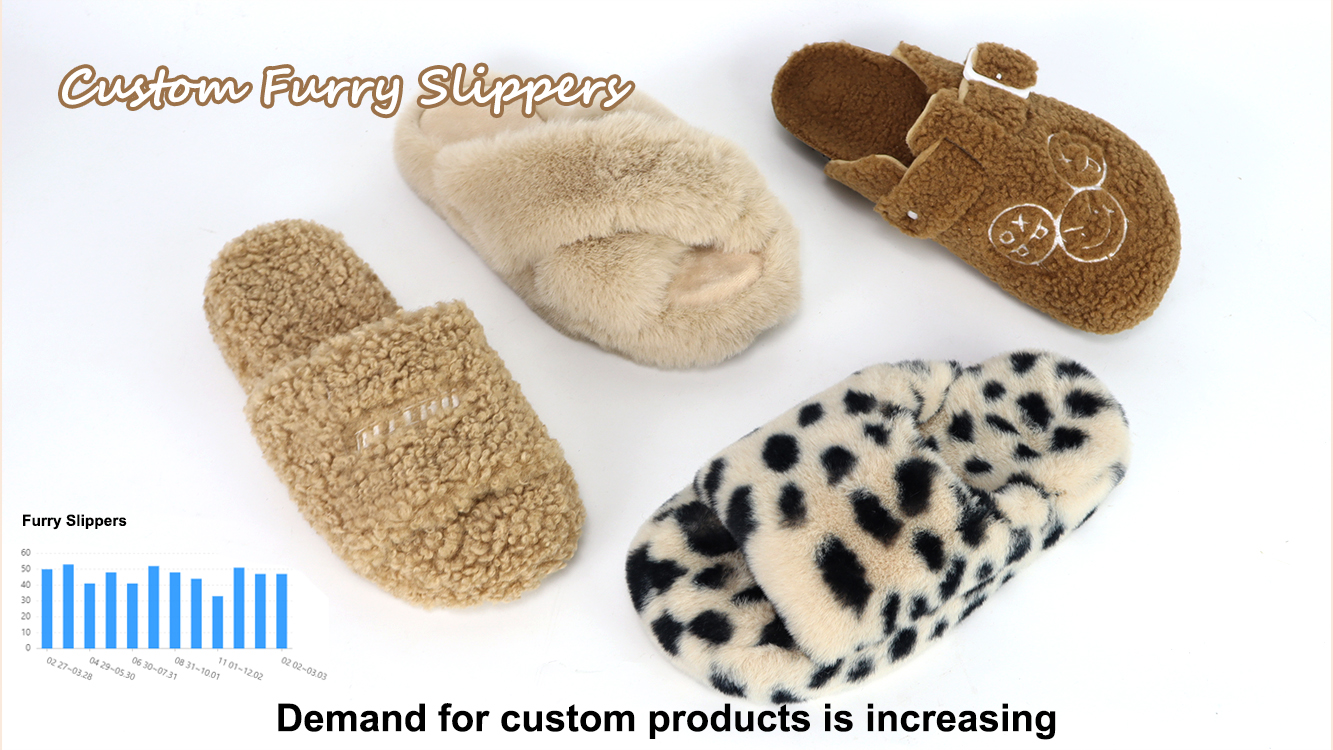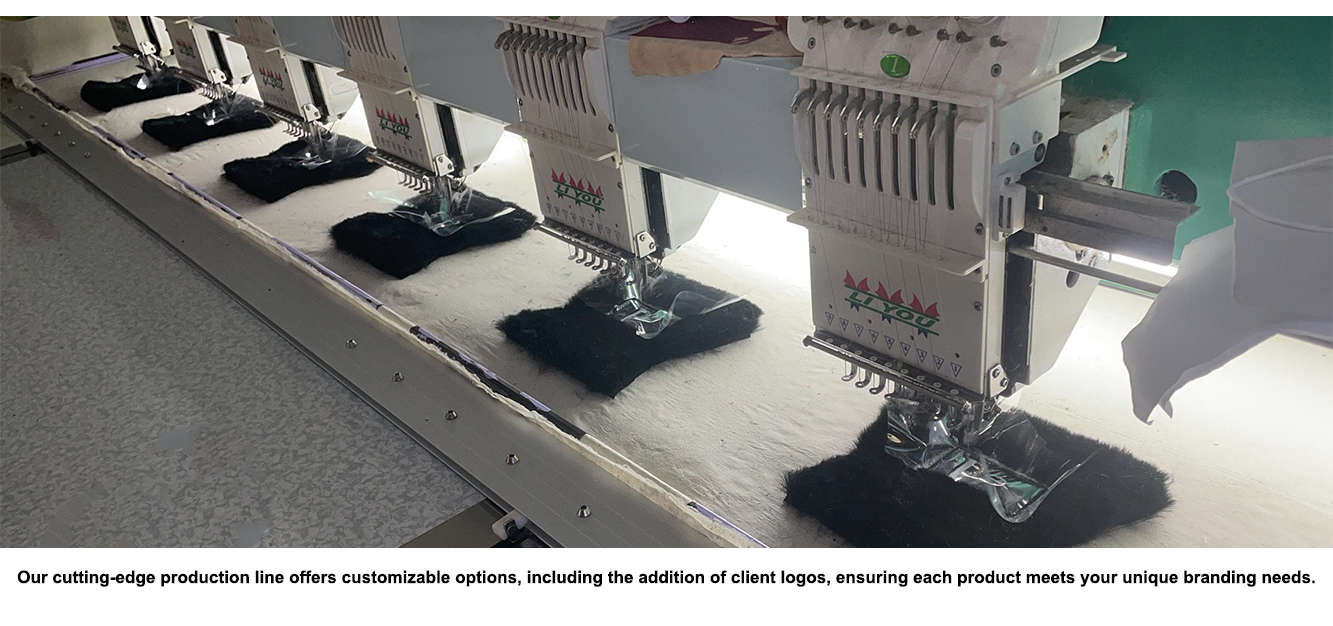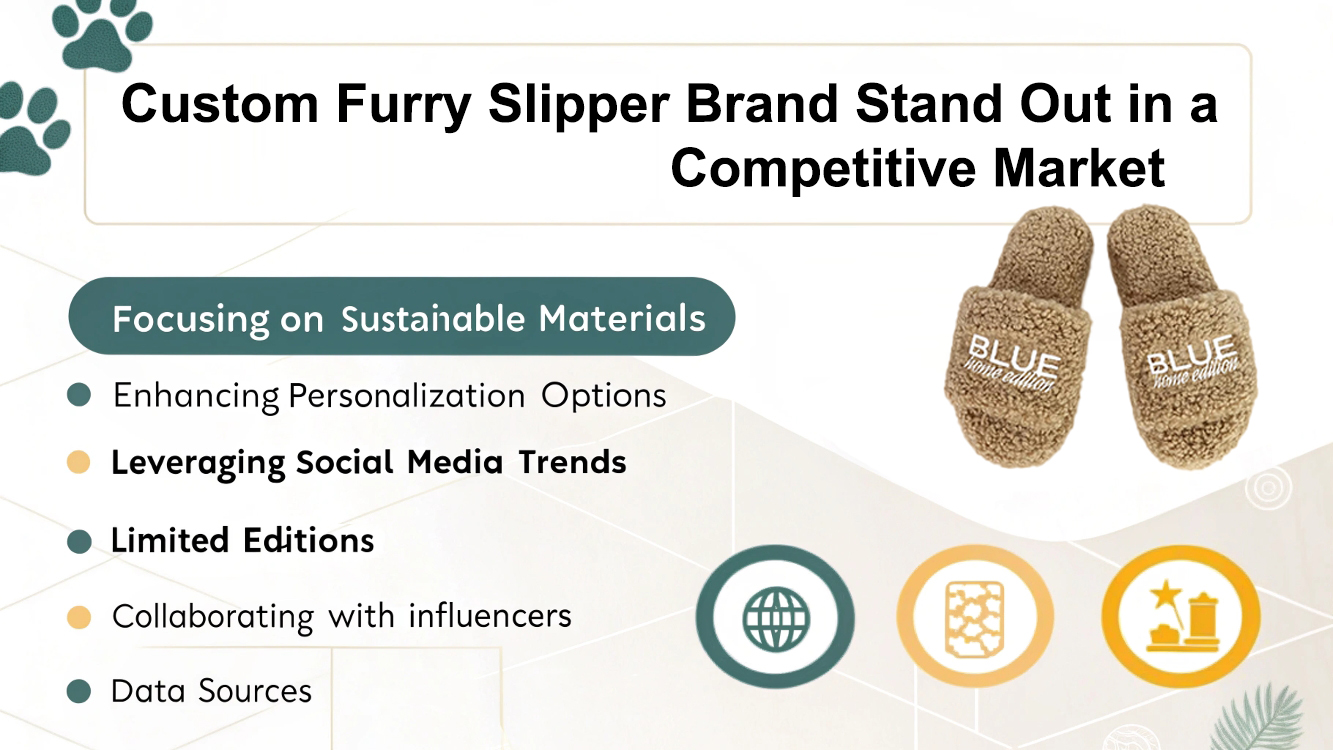
The growing popularity of custom furry slippers presents both an opportunity and a challenge for brands and e-commerce platforms. But how do you tap into this niche market effectively?
The custom furry slipper market is expanding, driven by a blend of consumer desire for comfort and personalized style. This trend is set to grow as consumers continue to seek unique and tailored footwear experiences.
As the demand for custom products increases, brands and e-commerce platforms need to understand how to leverage these preferences. A deeper look into current trends and strategies can help businesses carve a niche in this competitive market.
[Table of Contents]
- What Is Driving the Demand for Custom Furry Slippers?
- What Are the Key Market Trends in Custom Furry Slippers?
- How Can Brands Differentiate Themselves in the Custom Slipper Market?
What Is Driving the Demand for Custom Furry Slippers?

Custom furry slippers are becoming a must-have in people's wardrobes. Why is this trend growing so rapidly?
Consumers are drawn to the comfort, warmth, and personalization options that custom footwear offers, combining luxury with practicality. This demand has increased significantly, especially among younger consumers.
What Are the Key Market Trends in Custom Furry Slippers?

The custom footwear market is evolving rapidly. So, what trends are shaping the future of custom furry slippers?
The growing demand for eco-friendly materials1, unique designs, and personalization is shaping the future of custom furry slippers. Market reports show a consistent rise in the demand for custom products.
Key Market Trends for Custom Furry Slippers:
- Personalization: The rise of customization tools2 has led to increased consumer interest in personalized designs.
- Sustainability: Consumers are increasingly leaning towards eco-friendly options3 made from sustainable materials.
- Comfort & Functionality: Soft, high-quality materials are at the forefront of the design, ensuring comfort alongside style.
- E-Commerce Growth: Online platforms3 and social media play a crucial role in shaping consumer preferences and increasing visibility for brands.
The trend of personalization is especially significant in the custom furry slipper market. Consumers want products that reflect their individual styles, whether through monograms, unique color combinations, or custom embroidery.
How Can Brands Differentiate Themselves in the Custom Slipper Market?

With the rise of personalized footwear, how can your brand stand out in such a competitive market?
To succeed in the custom furry slipper market, brands need to focus on unique selling points, such as eco-friendly materials1, superior comfort, and excellent customer service.
Strategies to Differentiate Your Brand:
- Focus on Sustainable Materials: Offer eco-friendly options3 to attract environmentally conscious customers.
- Enhance Personalization Options: Let customers play an active role in designing their slippers with customization tools2.
- Leverage Social Media Trends: Build a strong presence on platforms like Instagram4, where visuals and customer reviews drive engagement.
- Offer Limited Editions: Limited-time designs create exclusivity and drive demand.
- Collaborate with Influencers: Partner with fashion influencers5 to expand your reach.
Data-Driven Insights for Success
Utilizing platforms like Statista6 and IBISWorld7 for market data and trend reports can guide your product development and marketing strategies. Additionally, feedback from online communities, influencer partnerships, and engagement with your target audience on social media will provide valuable insights into customer preferences.
Conclusion
The custom furry slipper market is booming, and businesses that tap into this trend with personalized, eco-friendly, and unique products are well-positioned to thrive. Stay ahead of the curve by embracing innovation and customer-driven design.
Footnotes
- Eco-friendly materials are becoming a priority in the footwear industry due to sustainability concerns and consumer demand for environmentally friendly options. ↩ ↩
- Customization tools enable brands to offer interactive design experiences, allowing customers to tailor their products uniquely. ↩ ↩
- Online platforms are essential for marketing and selling custom footwear, as e-commerce continues to dominate the retail landscape. ↩ ↩ ↩
- Instagram is a key social media platform for marketing footwear brands, showcasing trends, and engaging with customers. ↩
- Fashion influencers help brands reach wider audiences through collaborations, social media endorsements, and trend-setting content. ↩
- Statista provides industry insights and data on footwear market trends, consumer behavior, and e-commerce growth. ↩
- IBISWorld offers detailed industry reports and analysis on the footwear sector, helping brands stay informed on market dynamics. ↩

